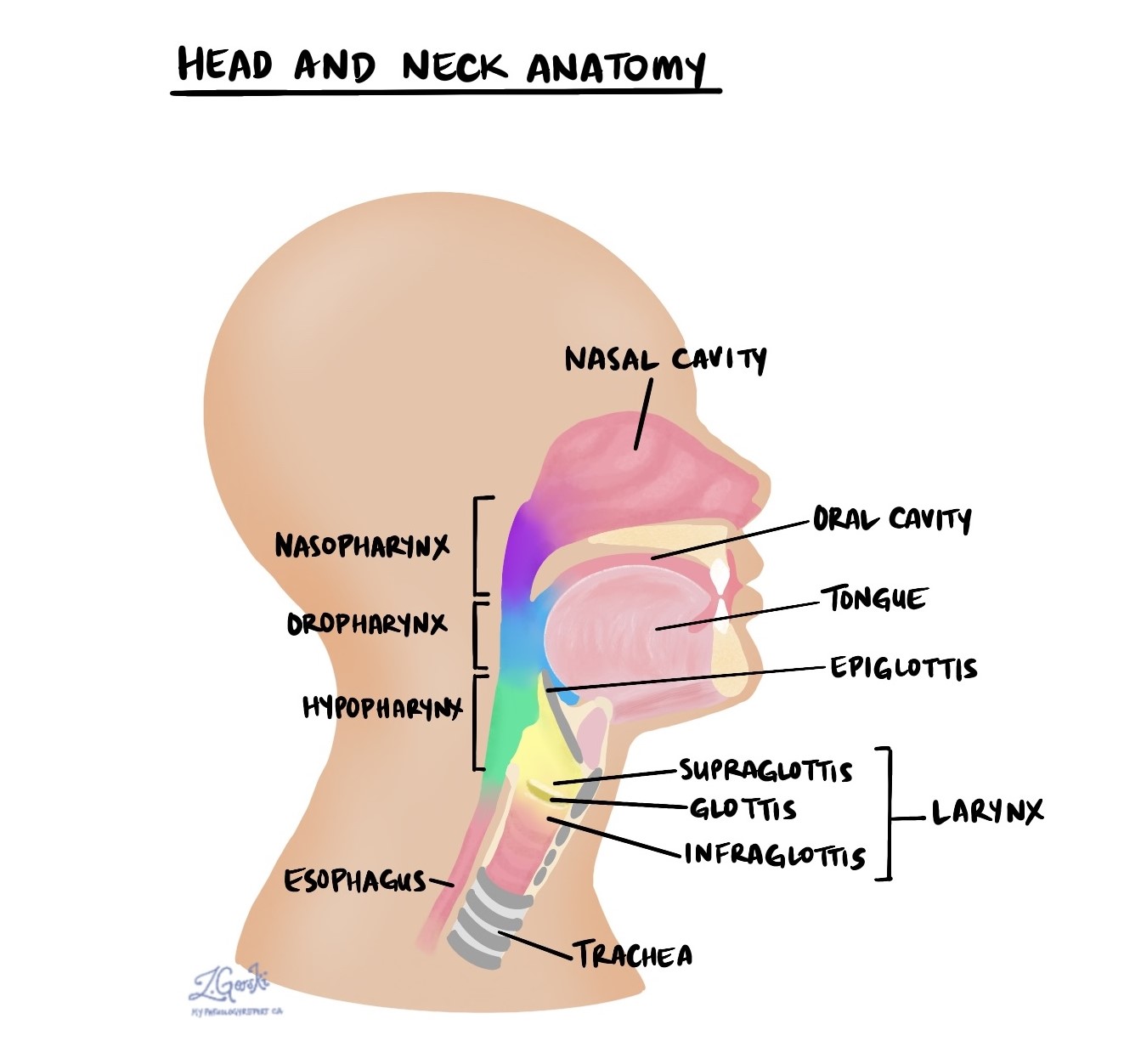by Jason Wasserman MD PhD FRCPC
January 19, 2024
A vocal cord polyp (also known as a vocal cord nodule) is a non-cancerous growth that develops in a part of the larynx called the vocal cords. Most polyps are caused by an injury that damages the vocal cords. Excessive shouting, recent surgery, and prior infection of the larynx are common causes.

What are the symptoms of a vocal cord polyp?
The vocal cords are important for producing sound when we talk and a vocal cord polyp can interfere with the normal movement of the vocal cords. For this reason, the most common symptoms are hoarseness or voice changes.
How is this diagnosis made?
The diagnosis is usually made after part or all of the polyp is surgically removed in a procedure called a biopsy or excision. The tissue is then sent to a pathologist who examines it under the microscope.
Microscopic features
When examined under the microscope, the polyp is usually round or finger-like in shape. The surface of the tissue is covered by specialized squamous cells that are normally found in the vocal cords. The squamous cells may be described as reactive. The deeper tissue is called the stroma and it normally shows a variety of degenerative changes that may include hemorrhage (bleeding), myxoid tissue, and edema (increased fluid). Small and medium-sized blood vessels may also be seen. All of these changes are normal in a vocal cord polyp.

